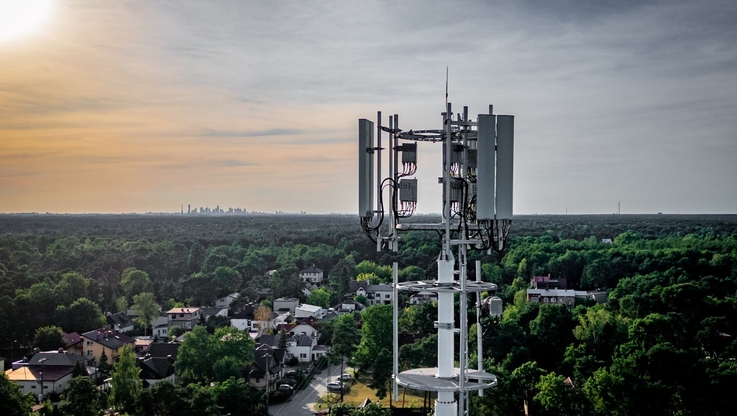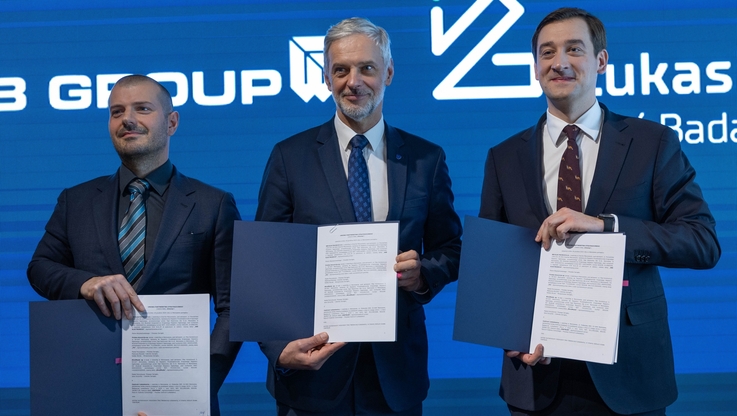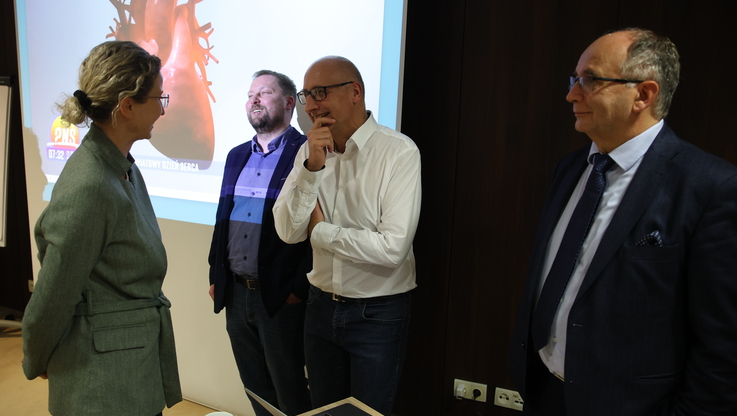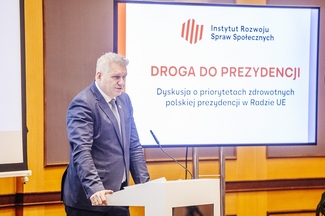Pobierz materiał i Publikuj za darmo
Cross reference: Picture is available at AP Images (http://www.apimages.com) and http:// http://www.presseportal.de/nr/115998/bild
After the Second World War, it was the US automobile industry that led the way in comfort-related features. Carl F. W. Borgward kept a keen eye on developments across the Atlantic. In particular, he had a strong hunch that the automatic transmission would prove popular with German customers, just as it already had with US motorists. In 1956, he was able to try out a Citroen DS with semiautomatic transmission. His prophecy was perhaps a little too optimistic: "Within 20 years, two-thirds of all cars in Germany will be fitted with automatic transmission."
As early as 1949, the Bremen-based carmaker had begun to lay the groundwork for the development of its own automatic transmission. Known as the X-transmission, it was only ever used in prototype vehicles. Because it directly transmitted engine vibrations to the vehicle itself, BORGWARD declared it unsuitable and launched the in-house development of a second automatic transmission. This so-called Y-transmission was fitted with a mechanical vibration damper. As with all of his pioneering innovations, Borgward then stepped on the gas. By 1950, the Bremen carmaker had installed the Y-transmission in several hundred Hansa 1500 models and handed them over to dealers, plant employees and selected customers for fleet testing. The aim was to gain experience through everyday driving so that the company could make continuous improvements to the three-speed automatic transmission. Although the automaker was able to iron out many problems, one remained: The clutch plates - which enable the automatic gear change - proved very prone to wear.
In October 1952, the first ever Hansa 2400 S was handed over to the well-known actress Olga Tschechowa at the company’s main plant in Sebaldsbrück. The vehicle was equipped with the Y-transmission, which thus began to be delivered in upper-range saloons. The transmission was described in the brochures as the "fully automatic BORGWARD hydraulic transmission model 52". As such, BORGWARD was the first German automobile manufacturer to mass produce a fully automatic passenger car transmission designed and developed completely in-house. Meanwhile, Carl F. W. Borgward continued the development work and personally oversaw the progress of the in-house development team. Next to emerge from the company’s test department was
the Z-transmission. This was designed without a power-draining torque convertor, thus increasing the transmission’s efficiency.
Yet Borgward was not completely satisfied with its quality. At the same time, unit sales of automatic models remained modest, which indicated a less than promising future for
costly in-house developments. For this reason, too, Carl F. W. Borgward continued to monitor new developments from the automotive suppliers, even as the company was working on its own transmission. In 1958, the Mechamatic transmission of Howard Frederick Hobbs came to his attention. Rather than a torque convertor, it featured a proven hydromatic multi-plate clutch and an automatic four-speed epicyclic gear set. It was also ready for series production and had already shown its mettle in a number of British vehicles.
That very same year, BORGWARD signed a supply contract with Hobbs Transmission Ltd and, in 1959, placed an initial order for 200 automatic gearboxes. These were, however, systematically enhanced before being used in BORGWARD automobiles. The transmission was named "Hansamatic" in the price lists of the BORGWARD P 100 and Isabella. The company's own in-house transmission development thus came to an end.
Borgward, it was often said, could be as stubborn as a mule. This time, however, he demonstrated great entrepreneurial skill and flexibility. Lacking a suitable product from suppliers, he initially pushed ahead with his own development, because he was convinced of its benefit to the customer. Soon, however, sobering cost-benefit analyses told him that the venture was highly unlikely to prove profitable. He therefore turned once again to the suppliers, secured one of the best as partner, and then substantially enhanced the product for his own use. Now, that’s clever business practice.
Further information:
BORGWARD Group AG
Kriegsbergstrasse 11
70174 Stuttgart, Germany
Jürgen Schramek
Head of Product Communications
Telephone +49 711 7941851000
e-mail: media@borgward.com
www.borgward.com
Pobierz materiał i Publikuj za darmo
bezpośredni link do materiału
| Data publikacji | 30.09.2015, 17:46 |
| Źródło informacji | APA-OTS |
| Zastrzeżenie | Za materiał opublikowany w serwisie PAP MediaRoom odpowiedzialność ponosi – z zastrzeżeniem postanowień art. 42 ust. 2 ustawy prawo prasowe – jego nadawca, wskazany każdorazowo jako „źródło informacji”. Informacje podpisane źródłem „PAP MediaRoom” są opracowywane przez dziennikarzy PAP we współpracy z firmami lub instytucjami – w ramach umów na obsługę medialną. Wszystkie materiały opublikowane w serwisie PAP MediaRoom mogą być bezpłatnie wykorzystywane przez media. |





